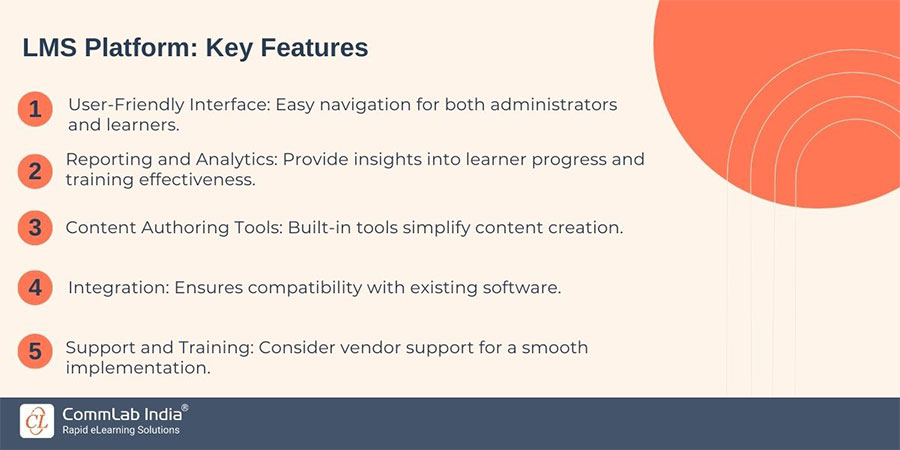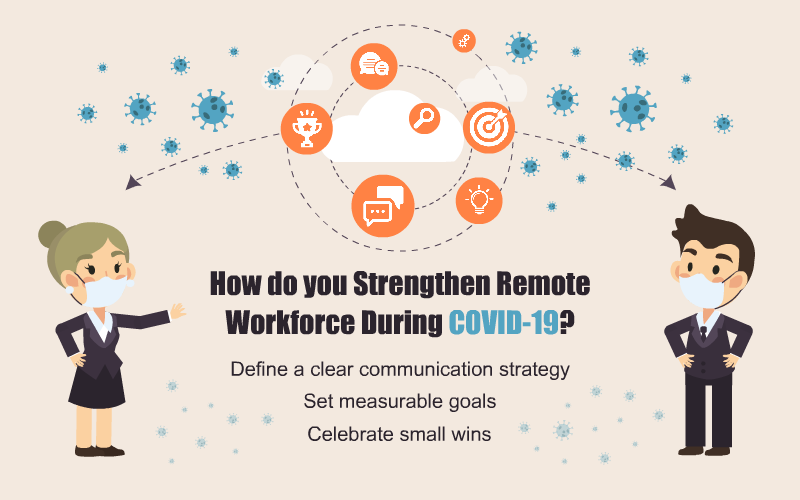Virtual Onboarding Handbook: Tips to Set Up Your Remote Workforce

Imagine this: Your company welcomes a fantastic new hire, brimming with talent and potential. But there's a twist - they'll be joining your team entirely remotely. While remote work offers flexibility and convenience, it also presents a unique challenge: how do you effectively onboard and integrate a new team member who's not physically present in the office? Enter virtual onboarding, the key to seamlessly welcoming and equipping remote employees with necessary knowledge to succeed.
This blog serves as your virtual onboarding handbook, packed with valuable insights and practical tips to ensure your remote team members experience a smooth and impactful onboarding journey, setting them up for long-term success.
So, what exactly is virtual onboarding, and why is it crucial for building thriving remote teams?
What is Virtual Onboarding?
Virtual onboarding is a new-age the process of welcoming new employees into a company through virtual mediums (when the employees are not physically present in the office). Unlike traditional onboarding, which typically involves in-person introductions, training sessions, and team building activities, virtual onboarding depends on remote communication methods and digital tools to achieve the same goals.
Why is Virtual Onboarding Crucial for Remote Teams?

Sets the tone for a positive remote work experience: A well-structured and engaging employee induction/onboarding process sets the stage for a smooth transition into the company and virtual work environment. New recruits feel valued and supported, creating a sense of belonging from day one.
Ensures effective communication and collaboration: Virtual onboarding serves as a strong foundation for remote teams in terms of clear communication and collaboration. It helps the new employees learn about the organization’s culture, communication channels, and tools they need to effectively work with colleagues despite physical distance.
Provides consistent and accessible training: Virtual onboarding enables organizations to create standardized training modules that are accessible to new, remote employees anytime, anywhere. This ensures consistency in the knowledge and skills new employees gain, irrespective of their physical location.
Reduces onboarding time and costs: Virtual onboarding programs are seen to be more impactful than traditional methods, as they often eliminate the need for physical resources and travel. This ultimately results in cost savings for organizations while allowing new employees to start contributing sooner.
How Can Companies Optimize Virtual Onboarding for Success?
Extensive planning and consideration are extremely important for optimizing your virtual employee onboarding program. Here are a few key strategies to ensure success:
Develop a comprehensive virtual onboarding plan: Outline the key milestones, objectives, and timeline for your onboarding process. This plan should include details on communication channels, training modules, tools, and resources that will be used.
Utilize a combination of tools and platforms: Leverage various digital platforms and tools to develop a dynamic and interactive onboarding experience. This could include video conferencing platforms for virtual meetings, learning management systems for online training modules, collaboration tools for team communication, and social media platforms for fostering connections.

Invest in high-quality technology: Provide your remote employees with the required technology and equipment to participate in the virtual employee onboarding process effectively. This may include laptops, webcams, headsets, and reliable internet access.
Prioritize human connection and interaction: While leveraging technology is crucial, don't neglect the key role played by human interaction. Schedule regular one-on-one video calls with managers and other teammates, organize engaging team-building activities, and encourage informal interactions through online social channels.
→ Download Case Study: eLearning Simulations for Onboarding Training
What are the Key Steps for an Impressive Virtual Onboarding Process?
An impressive virtual employee onboarding process should be structured, informative, and engaging. Here are the key steps to consider:
Pre-boarding: Make sure to start your virtual onboarding process before the new employee’s official date of joining. This could involve sending welcome emails, providing access to company resources, and scheduling introductory calls with their team members.
Welcome and introduction: On the first day of their joining, make sure to provide the newly recruited officially with a clear company overview. Introduce them to key colleagues, including their direct manager, team members, and other individuals they will collaborate with.
Set clear expectations and goals: Outline the roles and responsibilities associated with the new employee's position. Discuss performance expectations and set clear goals for the first few weeks and months.
Provide comprehensive training: Offer a variety of training materials and resources to equip the new hire with the knowledge and skills necessary to succeed in their role. This can include online modules, video tutorials, one-on-one training sessions, and access to relevant documentation.
Facilitate social integration: Create opportunities for the new hire to connect with colleagues and build relationships. Encourage participation in virtual team-building activities, informal online chats, and social events (if possible).
Seek continuous feedback: Regularly seek feedback from the new hire throughout the onboarding process. This allows you to identify any challenges they are facing, address their concerns, and adjust the program as needed.
How Can Companies Make Virtual Onboarding More Engaging and Impactful?
Engagement is key to ensuring a successful and impactful virtual onboarding experience. Here are some strategies to consider:
Personalize the experience: Tailor the onboarding experience to the individual needs and learning styles of each new hire. Personalized learning opportunities demonstrate the company's commitment to each employee and fosters a sense of value and belonging.
Gamify the process: Incorporate gamification elements like points, badges, and leaderboards into the onboarding process. This can make learning more fun and engaging, encouraging new hires to actively participate and complete training modules.
Utilize interactive elements: Use interactive elements like quizzes, polls, and breakout sessions within online training modules. This fosters active participation, improves knowledge retention, and allows for immediate feedback.
Provide opportunities for self-directed learning: Offer a mix of structured learning materials and opportunities for self-directed exploration. Provide access to resources like company wikis, knowledge bases, and forums to encourage independent learning and exploration.
Showcase company culture: Integrate elements that showcase your company culture throughout the onboarding process. This could involve sharing employee testimonials, creating team videos, or hosting virtual coffee chats with company leadership.
Tips to impactful virtual onboarding [Video]
Wrapping Up
In conclusion, virtual onboarding plays a critical role in integrating remote employees into your organization and setting them up for success. By implementing the strategies and best practices outlined in this blog, you can create a compelling and impactful onboarding experience that fosters engagement, knowledge acquisition, and a positive remote work experience for your team. Remember, a well-designed virtual onboarding program lays the foundation for long-term employee satisfaction, productivity, and success in the ever-evolving world of remote work.
Want to Wow New Hires Virtually? Try eLearning Simulations for Onboarding! Download our FREE case study: "eLearning Simulations for Onboarding" and discover how simulations can help you create a memorable and impactful onboarding experience, equipping new hires and reducing remote isolation.





